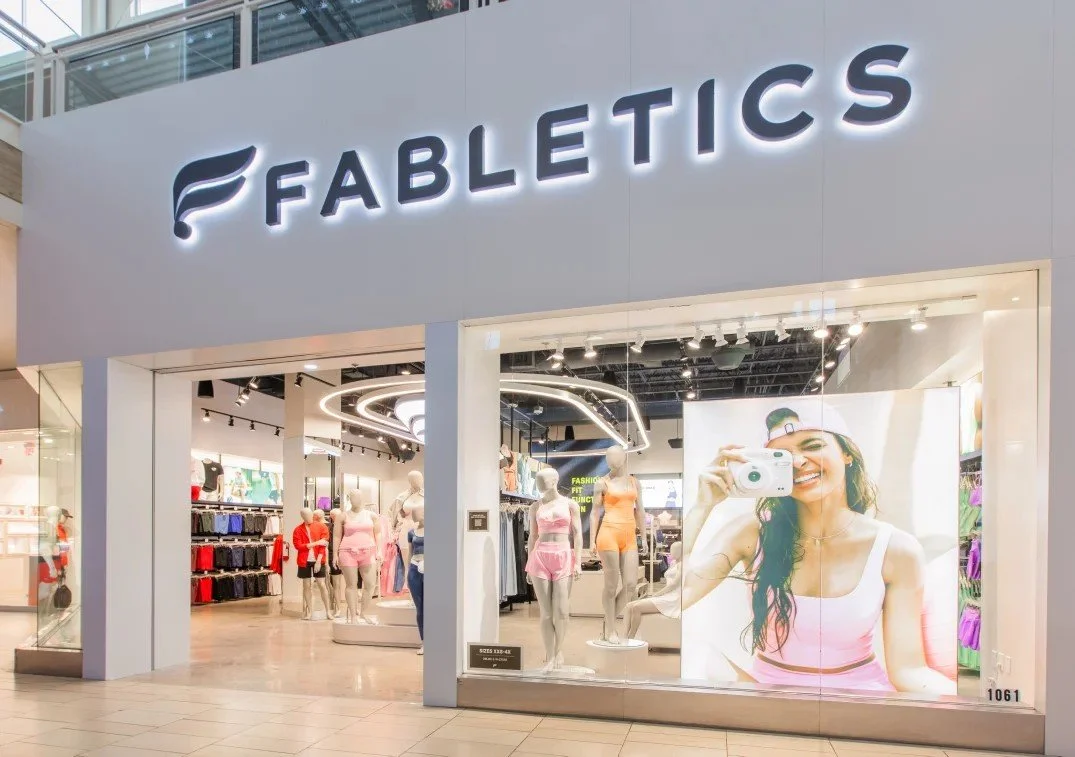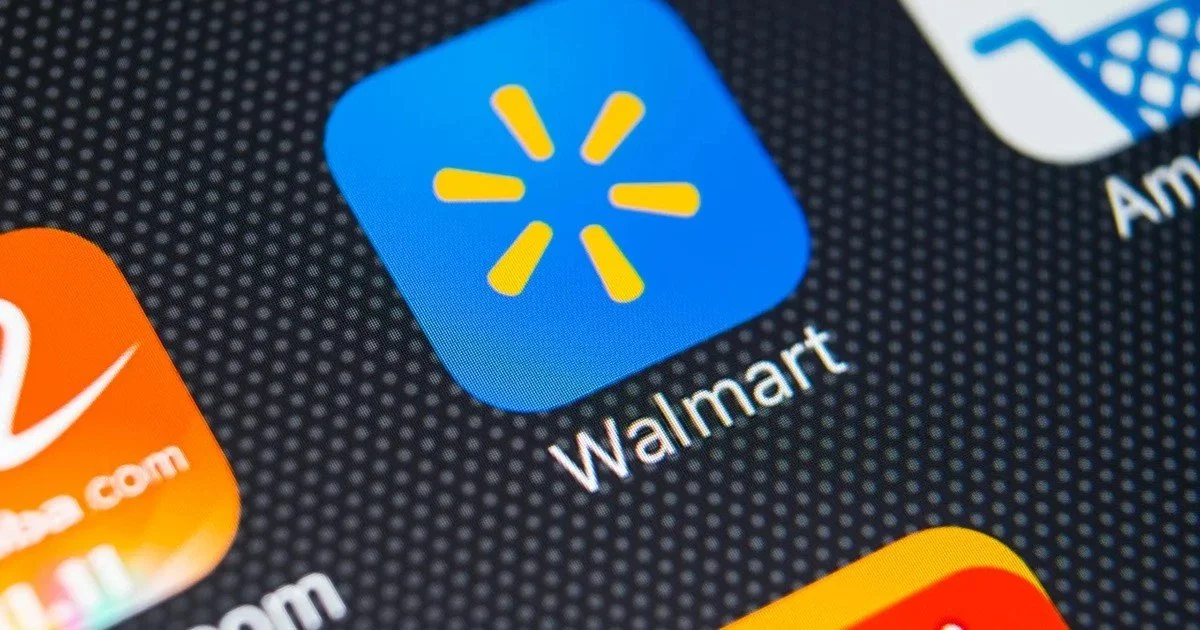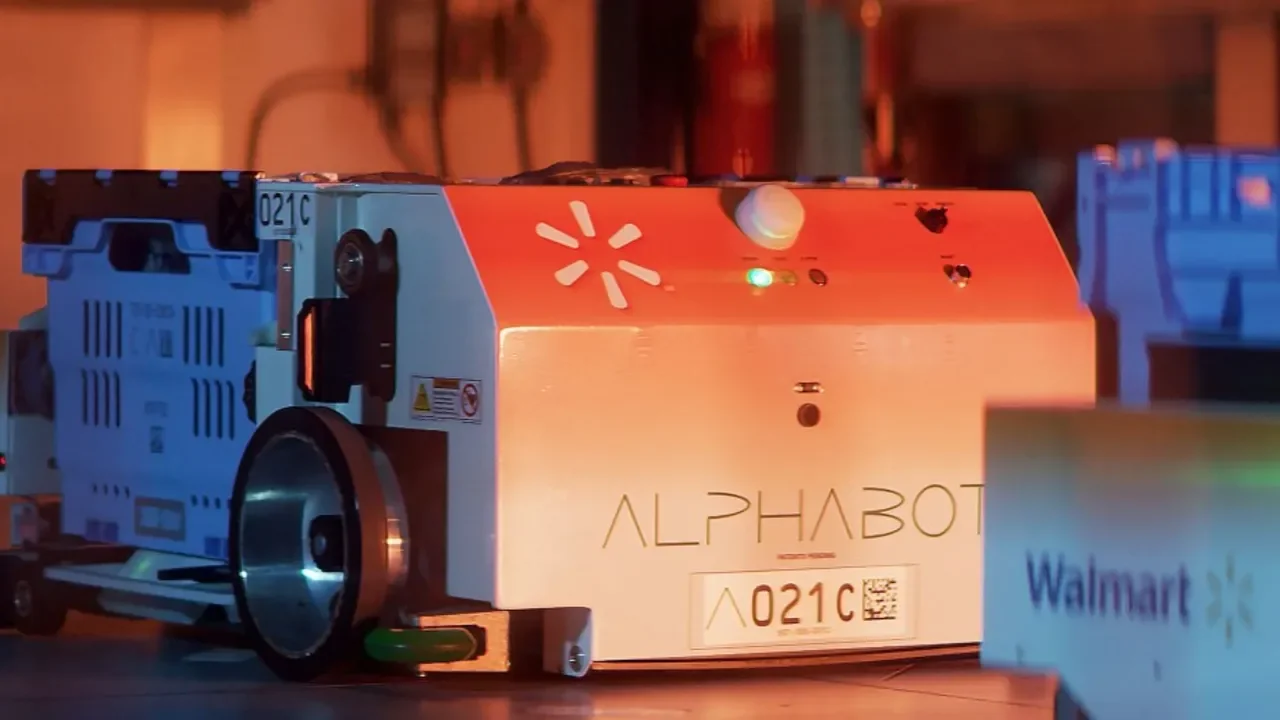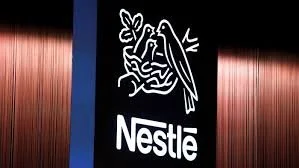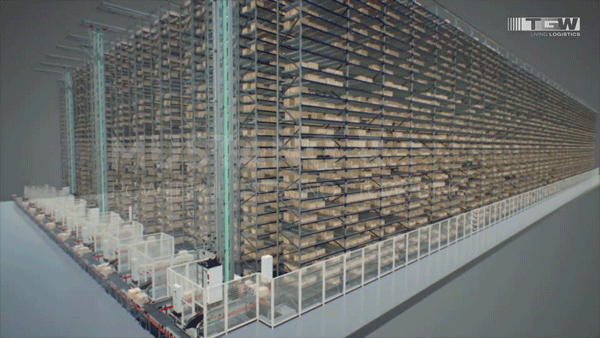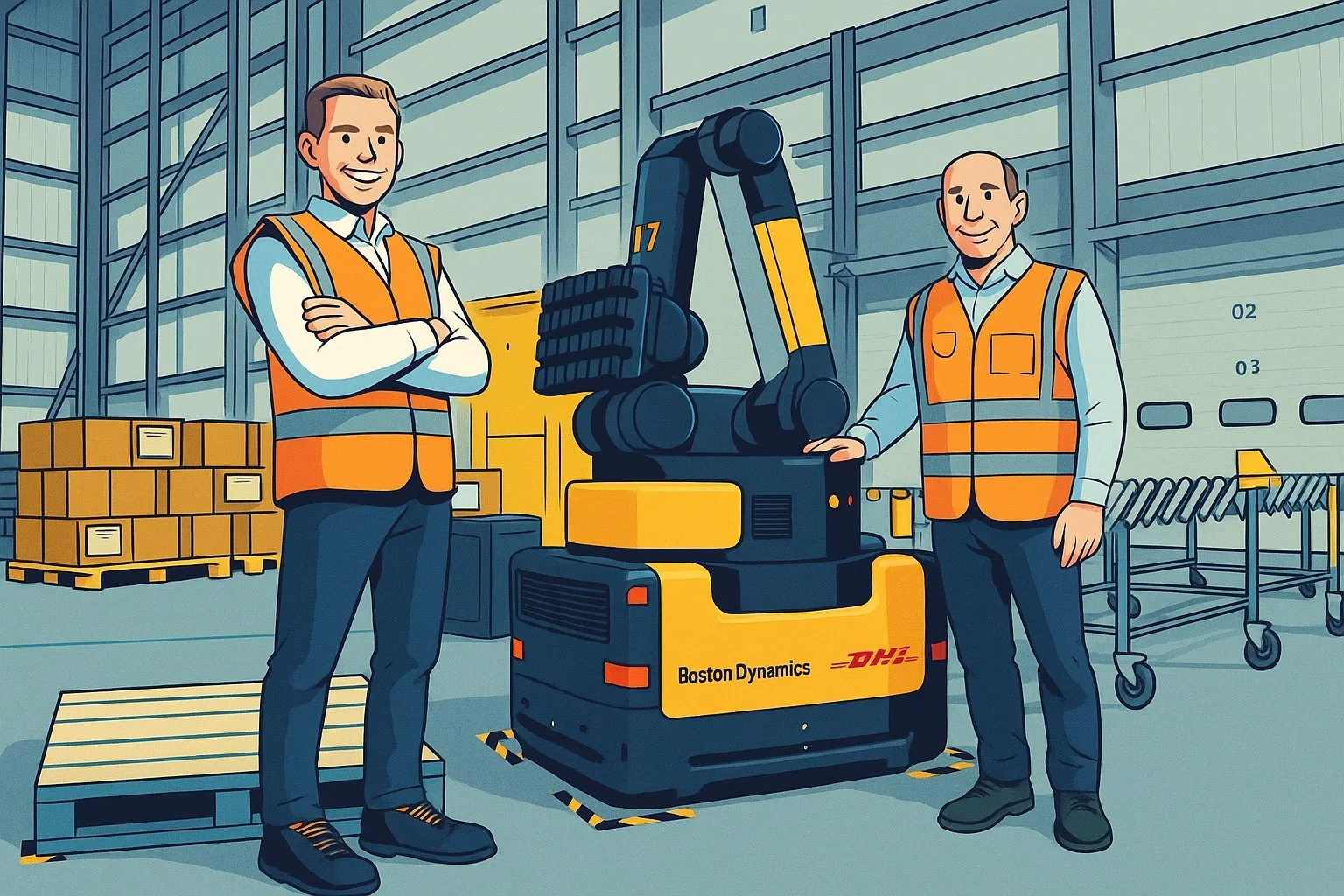Walmart’s Dark Store Strategy: The New Blueprint for Scalable Fulfillment
Why Walmart’s Dark Stores Are Just the Beginning: The Future of Fulfillment Is Hidden in Plain Sight
In the battle for e-commerce supremacy, there’s an uncomfortable truth retailers can no longer ignore: fulfilling online orders at scale from traditional retail stores is fundamentally flawed — and increasingly unsustainable.
While it worked during the early waves of e-commerce growth, store-based fulfillment is quickly revealing its limitations. As order volumes spike, the strain on store operations has become glaring. Store associates, now tasked with picking online orders alongside helping in-store customers, struggle with inefficiencies, stockouts, and bottlenecks. The result? Slower fulfillment times, customer dissatisfaction, and a fulfillment model that competes internally for resources and shelf space.
Retail stores were never designed to operate as miniature fulfillment centers.
Proximity Doesn’t Equal Performance
Walmart often highlights that 90% of the U.S. population lives within 10 miles of a Walmart or Sam’s Club, implying a geographic advantage over its rivals. While this stat might sound compelling in a boardroom or investor presentation, it’s increasingly irrelevant to today’s online consumer.
Here’s why: online shoppers don’t care where your stores are located — just as Amazon customers don’t care where fulfillment centers are situated. Customers care about one thing:
Is the item I want in stock, and can it arrive in one to two days — or faster?
Location-based bragging rights don't translate to fulfillment performance unless those locations are optimized for speed, accuracy, and availability. In-store retail environments are too slow and too conflicted to meet rising delivery expectations. That’s where dark stores come in.
The Cracks Are Showing in Store-Based Fulfillment
Traditional stores are chaotic environments. Unlike warehouses or dedicated fulfillment centers, they were built for customer navigation — wide aisles, clear signage, engaging displays, and shopping carts. The path a human picker must take to fulfill an order winds through the same terrain as a parent grabbing diapers, a senior browsing health products, or a teenager grabbing snacks. The result? Inefficiencies that are baked into the physical layout.
Every minute spent navigating customers, searching for misplaced inventory, or waiting in checkout zones adds time to each online order. Inventory accuracy is lower. Labor costs are higher. And most critically, store pickers and in-store shoppers are often competing for the exact same stock — leading to out-of-stocks, delayed orders, and lost sales.
Retailers that continue relying on traditional stores to fulfill the majority of online orders are dragging yesterday’s model into tomorrow’s battlefield.
Walmart’s Dark Stores: A Strategic Fork in the Road
Enter Walmart’s bold and highly calculated move: dark stores.
These facilities look like regular Walmart stores — same racking, same SKUs, similar footprints — but with one critical difference: no customers allowed. These are not retail environments. These are hybrid fulfillment centers camouflaged in the clothing of a big-box retailer.
Walmart recently opened its first such dark store in Dallas, with a second under development in Bentonville, Arkansas, home of its corporate headquarters. And while these may look like experimental pilots, they signal something far deeper: Walmart is laying the foundation for a national micro-fulfillment network that will fundamentally reshape how it delivers goods to consumers — especially under the crushing weight of instant-delivery expectations.
Why This Model Matters: Speed, Scale, and Profitability
According to internal performance benchmarks and industry comparisons, fulfilling orders from dark stores is over 50% faster than using standard retail locations. Here’s why:
No retail foot traffic: No customers in the aisles means pickers move faster, workflows can be optimized, and robotics or autonomous carts can operate more efficiently.
Inventory optimized for demand: Dark stores carry only the SKUs that move fast online. No shelf-warmers, no seasonal decor, just pure velocity items.
Streamlined labor: Without the distraction of retail, labor can be specialized and scaled. Associates are trained specifically for pick-pack operations, and their productivity is significantly higher.
Improved order accuracy: Fewer distractions and fewer variables lead to fewer fulfillment errors.
Delivery density: With strategic location placement, Walmart can minimize last-mile distances, increase delivery density, and reduce cost-per-drop.
Walmart reported that in Q1 2025, deliveries completed in under three hours rose 91% year-over-year. The company also achieved e-commerce profitability for the first time in the U.S., with digital sales growing 21% and total Q1 revenue hitting $165.6 billion.
These dark stores are not a curiosity — they are a strategic weapon in Walmart’s effort to blanket the country with high-speed fulfillment capabilities that rival Amazon Prime.
The Walmart+ and Amazon Prime Arms Race
This pivot also underscores the intensifying fulfillment arms race between Walmart+ and Amazon Prime. While Amazon had a 15-year head start with Prime and commands over 186 million U.S. users, Walmart+ has grown to 34.7 million — a nearly 31% year-over-year increase.
Walmart’s edge? Proximity. With 90% of the U.S. population living within 10 miles of a Walmart or Sam’s Club, the last-mile advantage is built into their DNA. What they lacked was the fulfillment infrastructure to match Amazon’s speed.
Dark stores are the bridge — combining proximity with precision logistics. They also reduce net delivery costs, a point emphasized by CFO John David Rainey, who noted that as Walmart densifies its last-mile operations and encourages more customers to opt into paid delivery tiers, the economics of e-commerce shift toward profitability.
But It’s More Than Just Dark Stores: AI, AR, and Drones
Dark stores are only one layer of Walmart’s tech-first strategy. In parallel, the company is:
Rolling out AI tools for real-time multilingual translation to improve associate-customer interactions.
Implementing augmented reality (AR) to help workers find items faster and streamline operations.
Expanding drone delivery to five new metro markets, extending its reach and agility for time-sensitive orders.
This integrated approach — pairing physical proximity with emerging tech — reflects a maturing supply chain strategy that no longer views tech as a bolt-on, but as core infrastructure.
As Suzy Davidkhanian of eMarketer put it, “Walmart is signaling that it's not a dated company or an old dinosaur. They're tech-forward, and they're controlling the consumer experience to make it as positive as possible.”
For Other Retailers: Copy This Playbook — But Be Smart About It
If you're a retailer watching Walmart’s dark store strategy unfold, now is the time to act. The cost of delay will be paid in lost market share, bloated fulfillment costs, and deteriorating customer experience.
But copying Walmart’s model isn't just about opening micro-fulfillment centers. It requires:
A data-led SKU rationalization strategy: Which products should be stocked for maximum velocity?
Automation-first fulfillment processes: Can your facilities support autonomous mobile robots, pick-to-light systems, or AI-driven wave picking?
A last-mile logistics framework: How will you handle sub-three-hour delivery expectations without hemorrhaging cash?
Customer segmentation and delivery pricing: Will you introduce a premium fulfillment tier, and can your systems support that flexibility?
Systems orchestration: Your WMS, OMS, and fleet management systems need to work in unison with your physical operations.
In short, this is not a copy-paste job. It’s a strategic transformation — and one that only works if your C-suite and operations teams are aligned and moving with urgency.
Microfulfillment Dark Stores Aren’t a Trend. They’re the Future.
Walmart’s dark store initiative is not a side project or a tech pilot. It is a radical reimagining of fulfillment at scale — and a direct response to the systemic inefficiencies of traditional retail-based fulfillment.
Retailers who treat this as a passing fad will find themselves playing catch-up for the next decade. Those who move now, intelligently and strategically, have the chance to claim real estate, build automation-first operations, and architect a supply chain that doesn’t just meet customer expectations — it redefines them.
Call to Action:
If you're a retailer or supply chain executive looking to evaluate, design, or implement a dark store strategy — or wondering if this model makes sense for your business — let’s talk.
As a principal consultant specializing in automation, fulfillment systems, and retail logistics transformation, I help organizations build smart, scalable fulfillment infrastructures that drive profitability and delight customers.
Reach out now to explore how you can build a dark store strategy tailored to your network, your brand, and your customers’ future.













